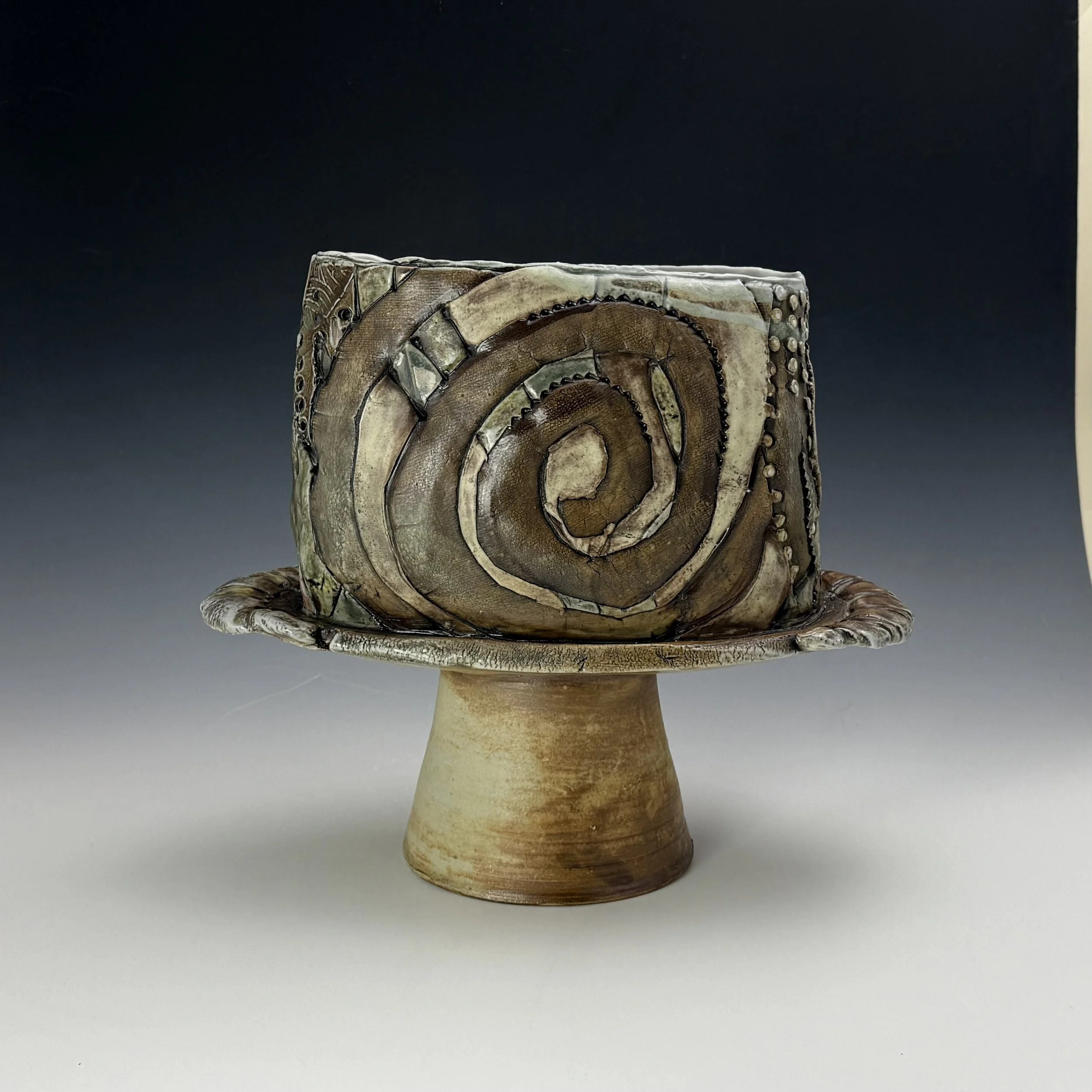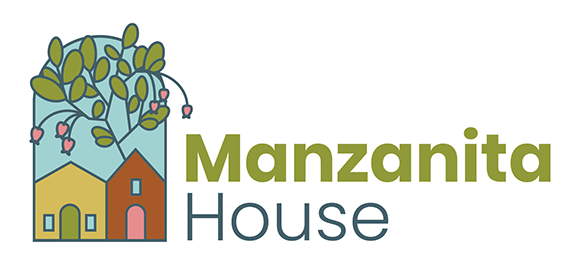Gallery Address and Phone
115 S. Adams Street, Spokane, WA 99201 - 509-863-9904
Trackside Gallery and Studios are usually Open Wed - Fri. 11:00 - 5:00, but please CALL OR TEXT US to confirm.
Shop online: https://trackside-studio.square.site/
Trackside would like to thank all our patrons for any continued support you can provide us.
October 3, 2025 to November 30, 2025 - “Partners in Clay”
Annual exhibit of new clay works by exhibiting partners at Trackside Studio, Chris Kelsey, Mark Moore & Gina Freuen
Opening Reception: First Friday, October 3, 5 - 8 pm, Saturday, October 4, noon - 4.
November 7 & 8, 2025 Annual COASTERS BENEFIT
First Friday and Saturday opening of Coaster Sales. Sales will continue through the month of November.
Our 2025 Non Profit is the Manzanita House
7th Annual Coasters Benefit. This annual benefit has raised over $6000 in donations, $10 at a time, to local non profits including, Meals on Wheels, River’s Wish Animal Sanctuary, Embrace Washington, Light a Lamp, Spokane Peace and Justice Action League and this year, 2025, the Manzanita House. Regional well known artists, friends and full classrooms of students have created coasters and donated them to this annual event. All coasters sell for $10. each and all funds made from sales go directly to the non profit. Some of the regional artists who have donated their works: Joe Tomlinson, Andrew Parker, Deb Sheldon, Dean Lenz, Lexi Biggs, Baylee Joe Art.
Manzanita House
OUR MISSION: Recognizing the resiliency of the communities we serve, our mission is to welcome and equip immigrants with tools, resources, and connections to achieve equity in the Inland Northwest. We provide immigration legal services, community power building, resource navigation, and trainings.
OUR VISION: Manzanita House is devoted to creating an inclusive space where all immigrants and refugees have a place at the table to freely and fully participate in community.
December 5, 2025 to January 9, 2026 - “12th Annual Cup of Joy”
Opening Reception: First Friday, December 5, 5 - 8 pm, Saturday, December 6, noon - 4.
National Invitational, exhibition and sale of over 200 ceramic cups and over 50 artists. This exhibit features ceramic cups in many forms, colors and treatments, some serving as mini sculpture, many times they feel like a small lovely 3D painting and most often they are functional mini-artworks. Each of the invited artists, participating from all 4 corners of the United States, send up to four cup forms each to exhibit.
Pictured: Dennis Meiners - Portland, OR, Dehmie Dehmlow - Philadelphia, PA, Darah Lundberg - Portland, OR, Becky Meneely - Elmo, MO and Sarah Beatty - Fort Yukon, Alaska.





